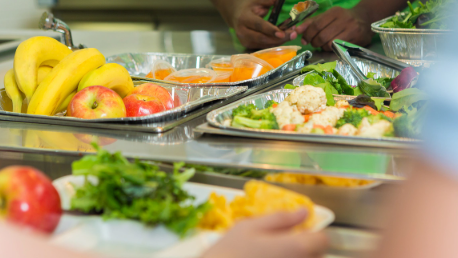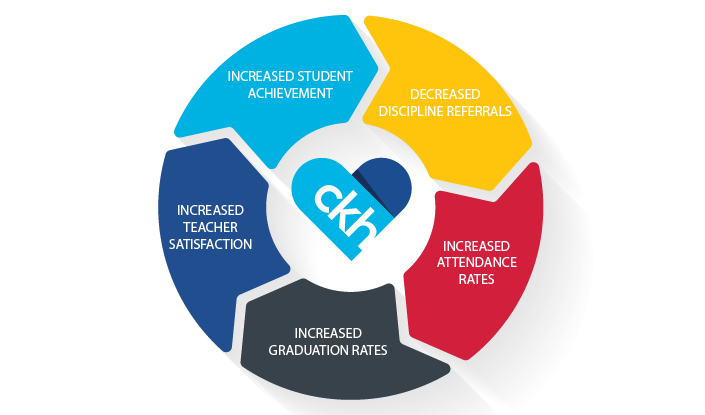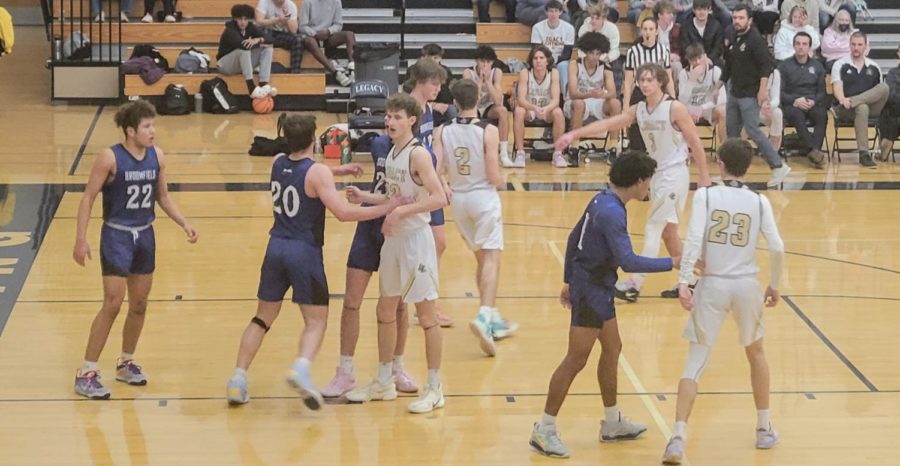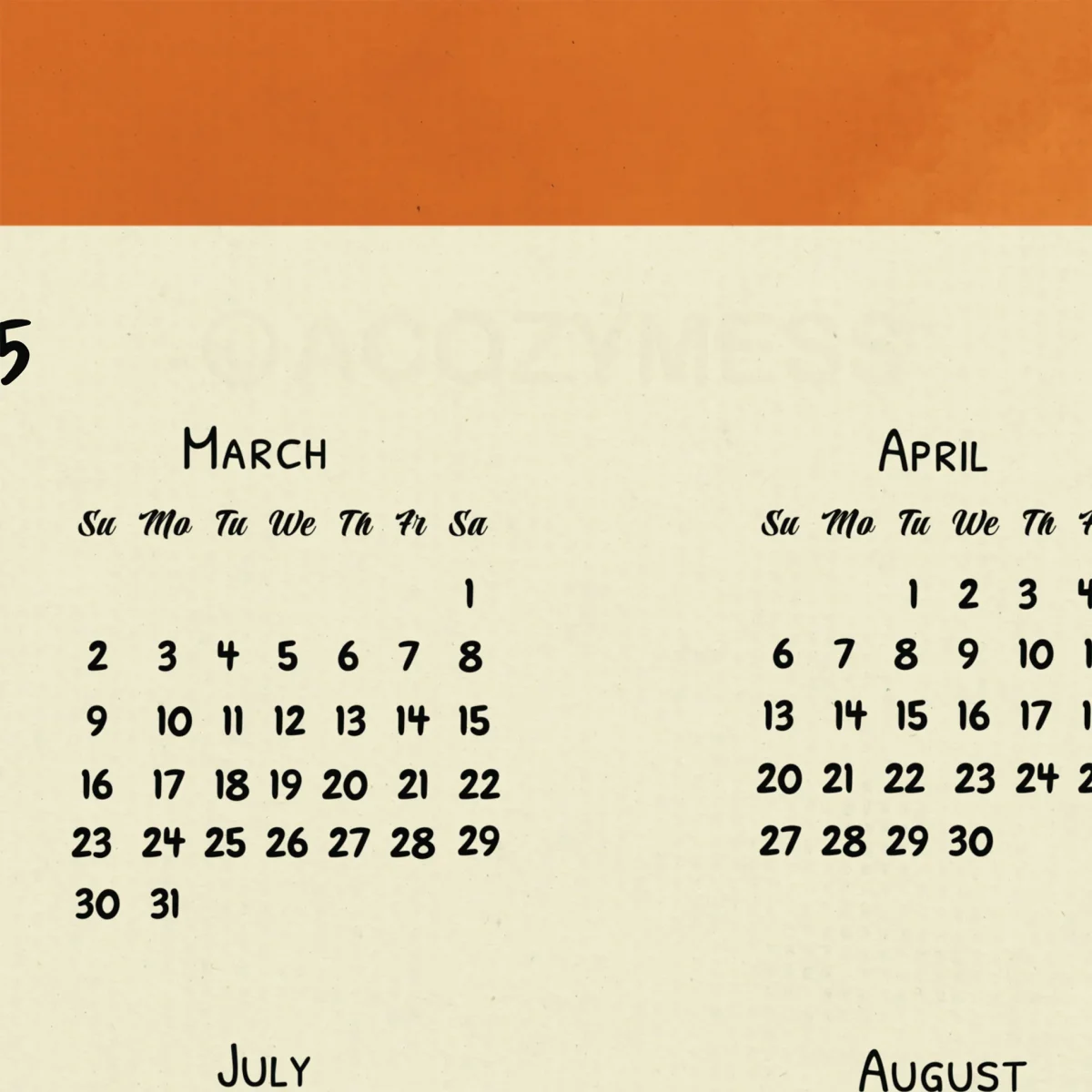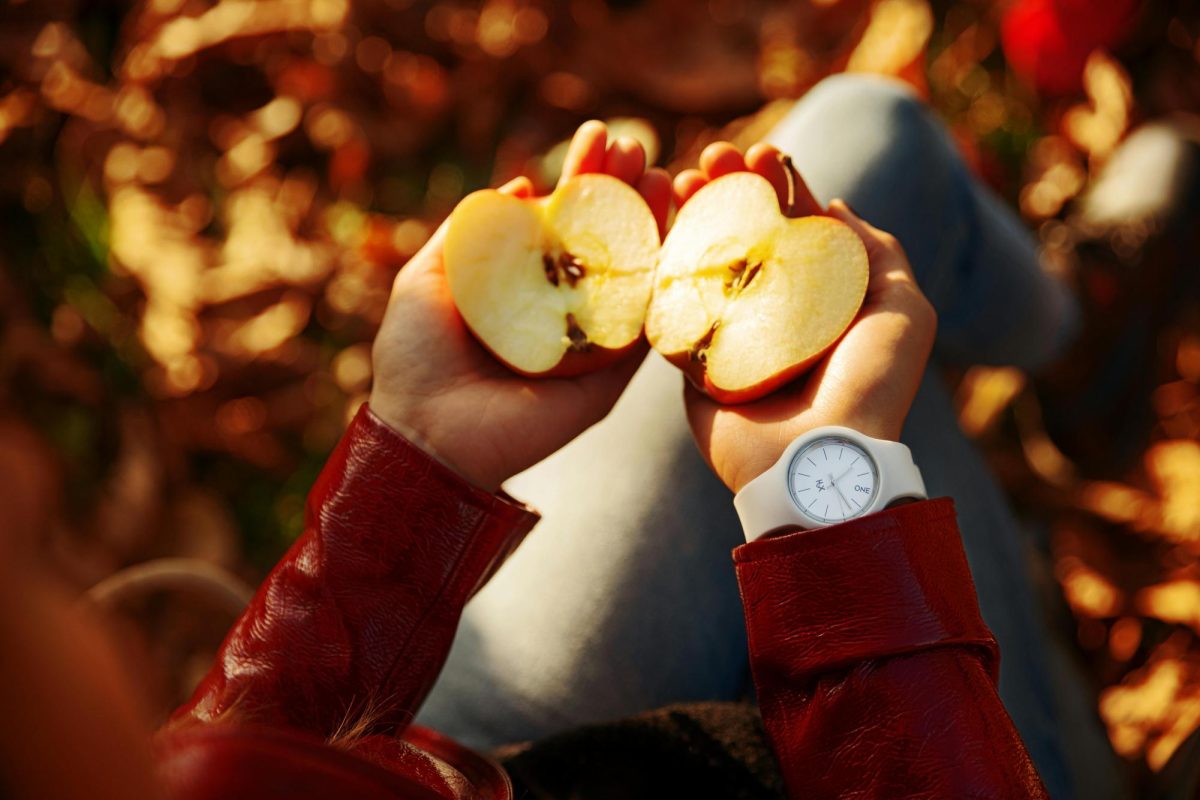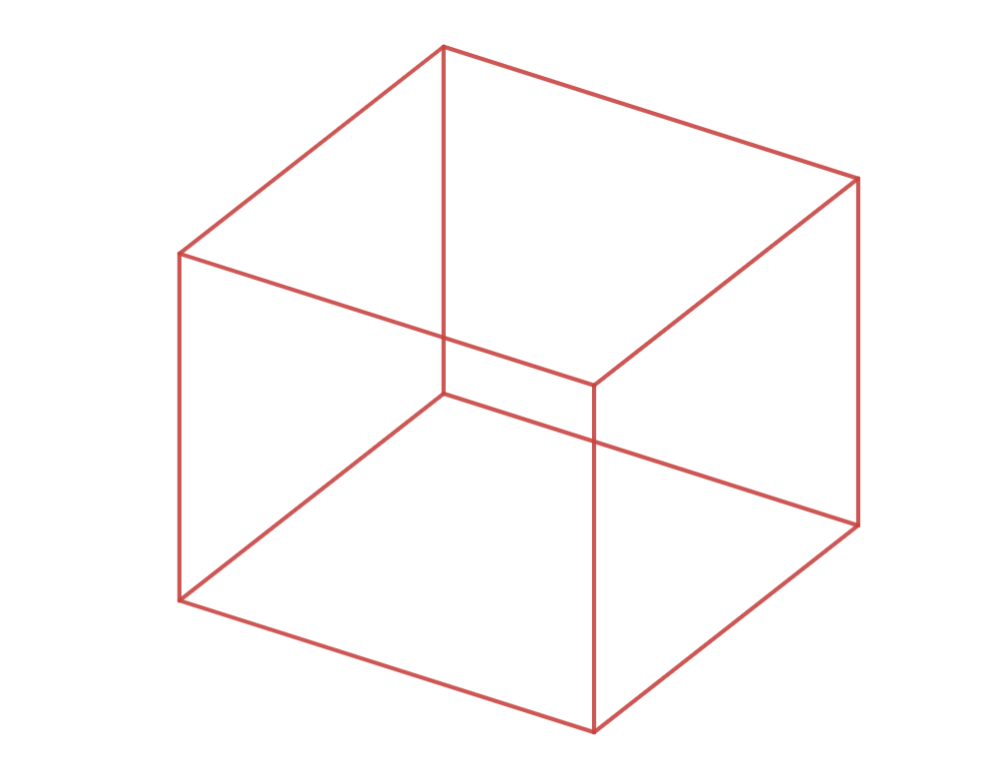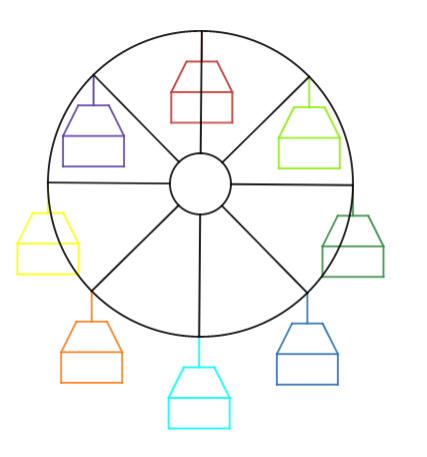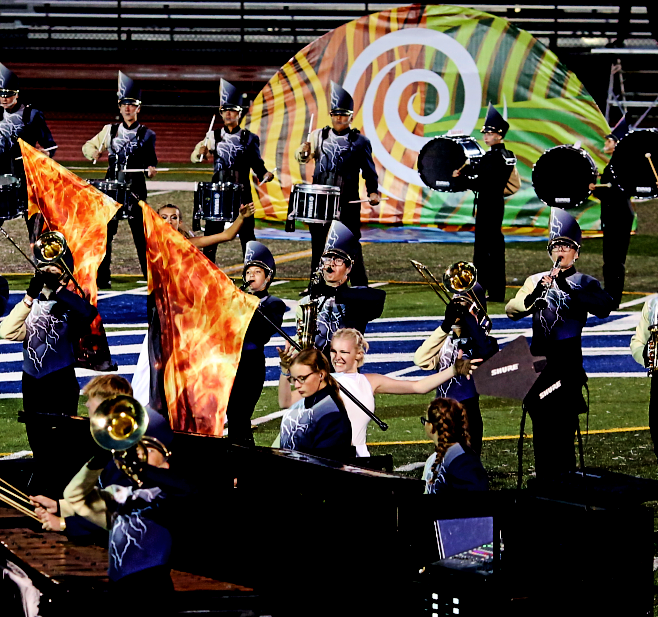Legacy Robotics at Eighth Grade Info Night

March 12, 2019
Right now, the Legacy Robotics team is preparing their last parts of their robot for the FIRST Robotics competition that will take place later this month. This year the theme is Destination: Deep Space presented by Boeing.
In this year’s challenge, two teams compete against each other to score the most points. There are three main ways to do this: loading cargo, attaching hatch panels, and having the robot climb a platform.
The arena where the robots compete has with two “rockets” placed along the edge and a cargo ship in the middle. In the center of the arena is a cargo ship. To score points, cargo must be loaded onto either the cargo ship or into the rocket. However, if cargo is loaded without a hatch panel, it could spill out. This means it is important that the robot is able to both put on hatch panels and load cargo. The last, and possibly hardest, part of the game is loading the robot into its “habitat” area at the end of the match. To do this, the robot must climb onto a platform 3 inches, 9 inches, or 22 inches above the ground.
There are so many aspects on which the robotics team needs to focus, so showing off their robot at 8th Grade Information night is a great way to introduce incoming freshman to robotics and hopefully recruit some new members. While I was there, I talked to the Electrical Team Leader, Ben Black, the Programming Team Leader, Ben Scherer, and the Manufacturing Team Leader, Krupa Subramaniam.

Black took me through the construction of the device made to bring the robot up onto one of the platforms. On the robot are two different “Ls” that stick out at about a 40° angle from vertical which have a small track for gears to run. Their device is then able to pull the entire robot onto the platform, which can earn the team up to 12 points in the actual competition.
Black also explained how the device that can lift the robot up onto the platform is also able to pick up the hatches that are needed to secure cargo. There are two different arms on the device, which, when powered by pistons, can pinch onto the inside of the disk.
“We’re definitely still optimistic that we can fix that and be able to have that ready for the competition.”
Right now, the biggest problem robotics is having is that their device will slide when it is lifting the robot and cannot completely climb the platform. They are working on ways to fix it so that they can climb it successfully and get those extra points. Black says that they are definitely optimistic about it and are ready for the upcoming competition later this month.
After this, I talked to Ben Scherer, who is the lead programmer for the robotics team. For the first 30 seconds of the game, the players driving the robot will not be able to see it directly. Instead, the robot either has to drive itself or have a camera attached to it. This is a deviation from previous years, where autonomous mode was required as a part of the robot. Scherer said that their team opted for the latter since it would be easier to drive the robot remotely.
Scherer explained to me that the team has a completely new board for the robot made to work with the camera, and that they had to figure it all out from scratch at the beginning of the season. He said it took four weeks for it to become fully operational, but now it does everything they need it to do. It runs using the Python programming languages and uses two popular libraries – OpenCV and Flask – to send the video. The rest of the robot is written in Java, which Scherer says is the standard for the FIRST Robotics competition.
“Now it’s working perfectly – as soon as we attach a webcam it should do exactly what we need it to.”
Lastly, I talked to Krupa Subramaniam, who explained more of the device meant to grip the hatches. He showed how there are two separate arms, with little “hooks” on the ends, made to grasp the hatches and stick them onto either the rockets or the cargo ship. The outer edge of the hatches is covered in hook-and-loop, which means the robot only needs to make the hatches contact the rockets or cargo ship for it to stick.

It was amazing to see how much the Legacy robotics team has done to prepare, and we wish them the best of luck in their competition happening later this month. If you see anyone who is on robotics, make sure to compliment them on what they have accomplished and wish them good luck!



